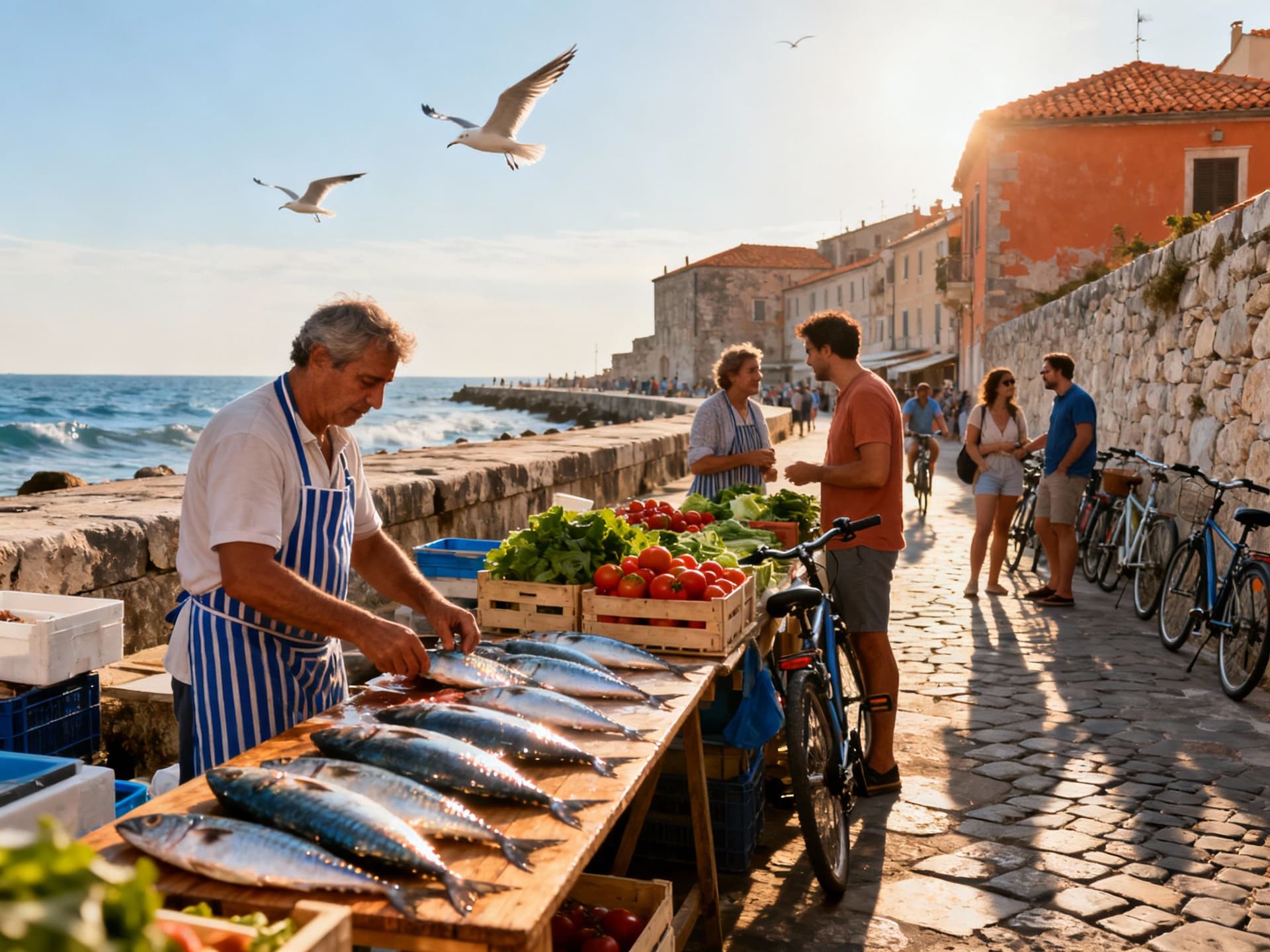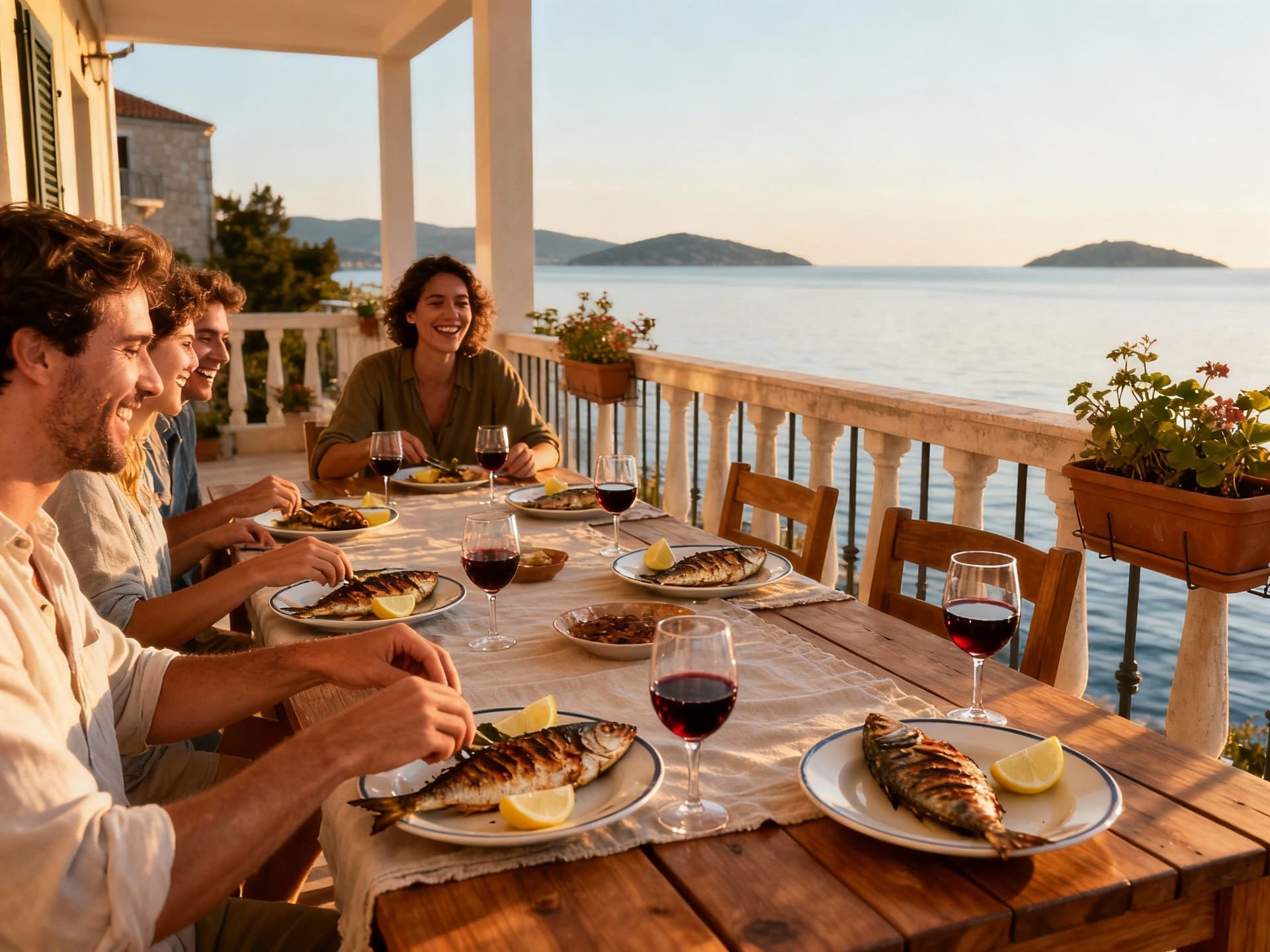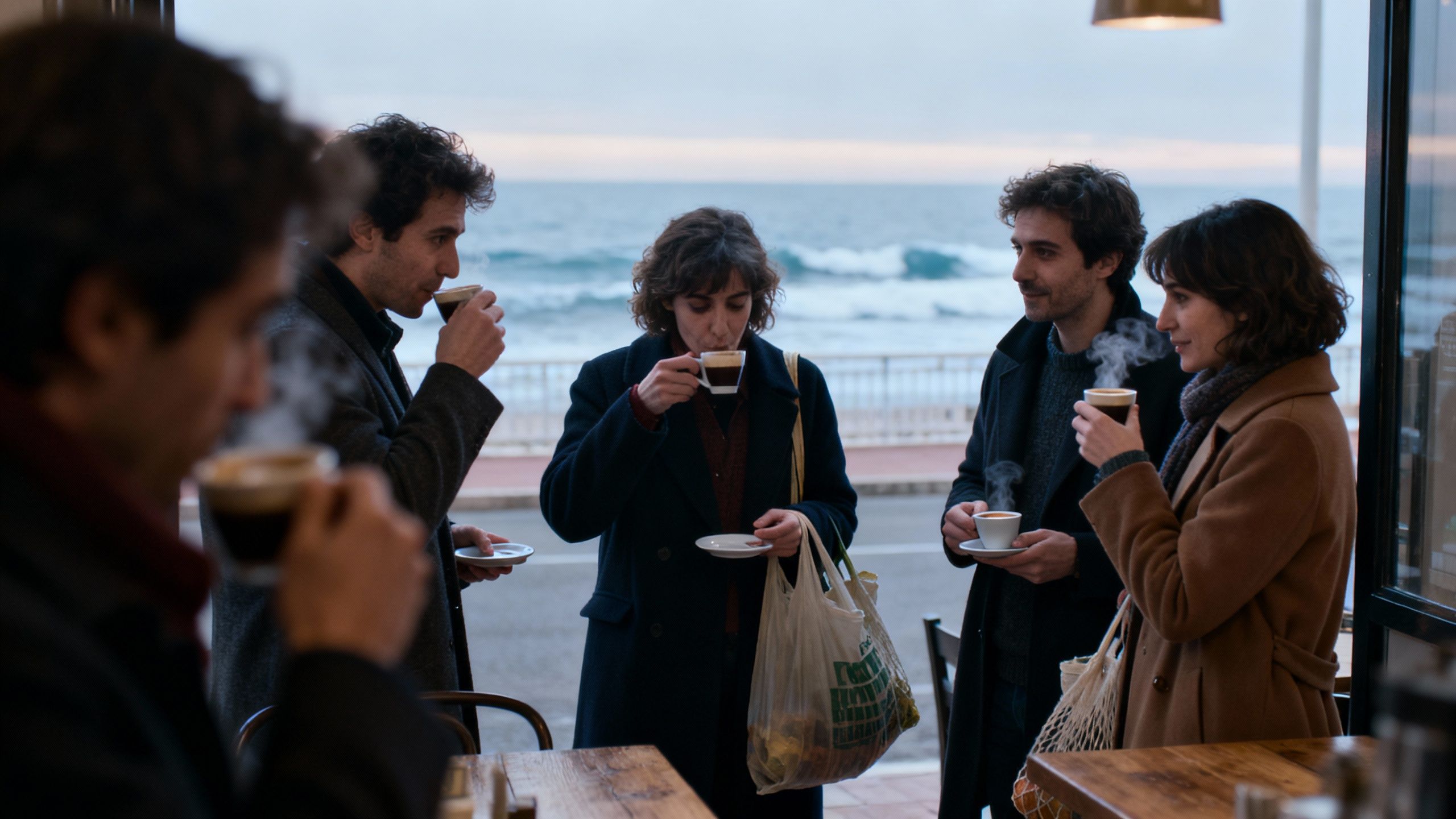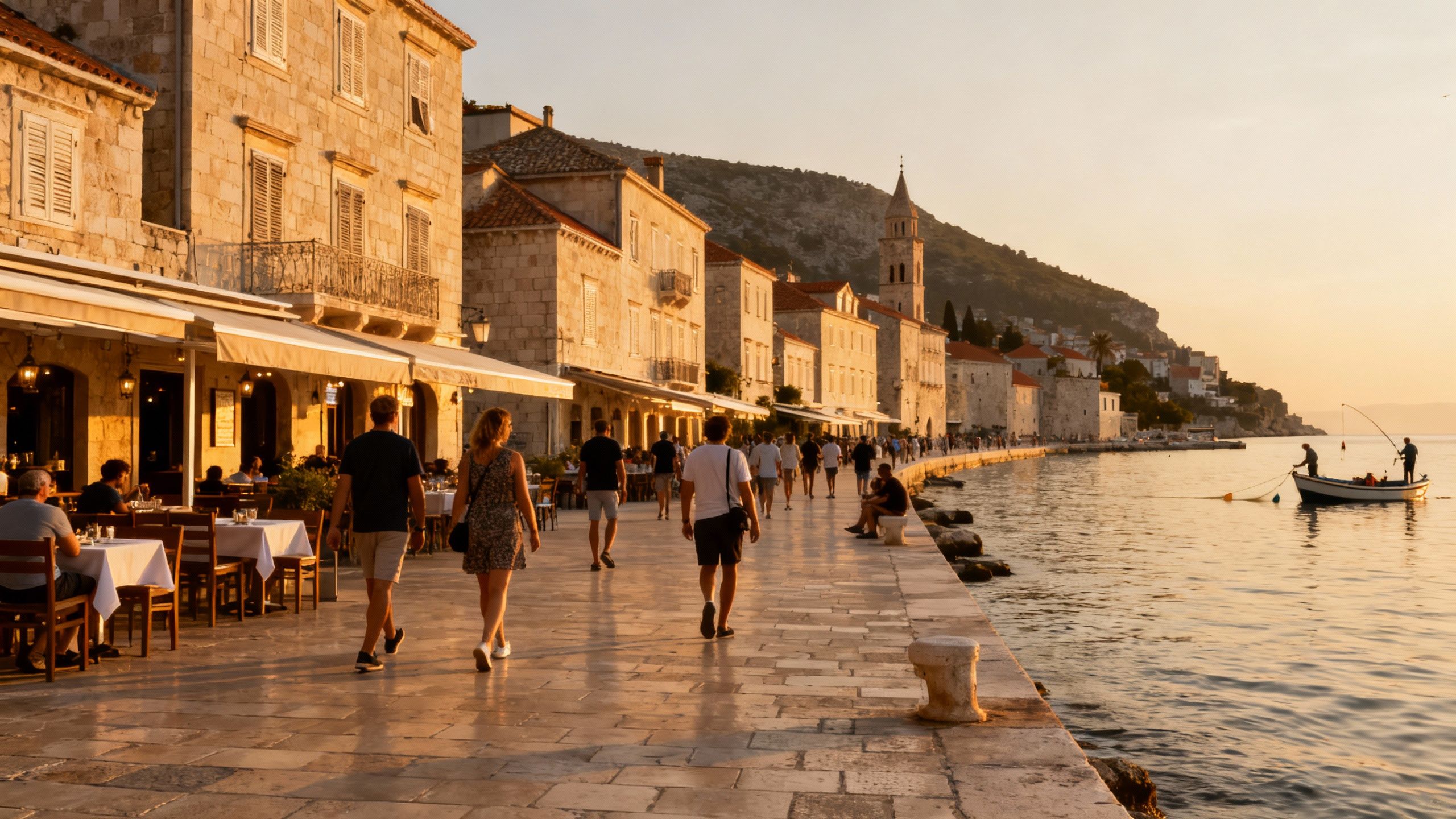Croatia: Life‑Led Price Truths for Buyers
A lifestyle-first market guide to Croatia: mix neighbourhood colour with DZS transaction data and tax signals to buy for living — not just for summer returns.
Imagine waking to the smell of espresso and the Adriatic breeze, walking cobbled streets in Split’s Varoš, then signing the preliminary contract by mid‑afternoon. Croatia sells that daydream well: sunlit promenades, stone houses with red roofs, markets that hum. But as prices climb and policy shifts arrive, romance without numbers can cost you. This guide pairs the life you want with the market facts you need to decide confidently in Croatia.
Living Croatia: daily rhythms and real places

Croatia’s tempo changes with geography: Zagreb mornings are brisk with cafés on Ilica and Jarun runners, while the Dalmatian coast slows into long lunches and late evenings on Riva promenades. In Istria, truffle hunts and hilltop taverns shape weekends; on Hvar and Brač, terraces catch the sunset and private moorings appear as property features. Expect service with warmth, direct communication, and a strong local social calendar anchored to church feasts and summer festivals.
Neighborhood snapshot: Split — Varoš, Bacvice, and Meštrović’s shadow
Varoš keeps an old‑town intimacy: narrow lanes, small konobas, and residents who greet you by name. Bacvice combines beach culture with apartment blocks that rent well to summer visitors. Properties here trade on walkability and sea views rather than glossy new amenities; that affects pricing and rental seasonality. Knowing which micro‑street you want — a quay for views or a lane for quiet — materially changes both budget and lifestyle.
Food, markets and café life: how meals shape where you live
From Dolac market stalls in Zagreb to fish stalls on Split’s waterfront, daily food rituals anchor communities. If weekly market access matters, target neighborhoods near open markets or small local grocers — these are often inland or near town squares, not necessarily the waterfront. Chefs and restaurateurs increasingly settle in quieter harbors like Rovinj and Pula, nudging nearby residential demand and lifting local price indices.
- Lifestyle highlights: real places and experiences to factor into location choice
- Morning espresso at Café Uliks (Split); afternoon swim at Bačvice beach; sunset aperitivo on Dubrovnik’s Old Town walls; truffle tasting in Motovun; farmers’ market shopping at Dolac (Zagreb).
Making the move: market realities that shape lifestyle choices

Dreams meet the ledger in Croatia. Official data show notable price growth in 2024–2025, particularly for coastal and tourist towns, and the government has signalled tax changes to address housing availability. These trends influence both purchase cost and holding expenses — factors that inform whether you buy a small island renovation or a city apartment near a market.
Property types and the life they enable
Stone townhouses deliver atmosphere and smaller lots; expect renovation complexity and heritage rules. New builds offer predictable finishes and easier mortgages but sit higher on the per‑m² scale in Zagreb and prime coastal towns. Villas with land buy privacy and summer rental upside but carry maintenance, access and insurance considerations, especially on smaller islands where logistics add cost.
Working with local experts who match life to numbers
Agencies that know local rhythms — which streets rent all summer, which quarters quiet down in winter — add measurable value. Expect them to source not only listings but utility histories, community rules, and seasonal occupancy patterns. Ask for comparable sales, not just asking prices; local agents should supply recent transaction examples within the same micro‑neighbourhood.
- Practical checklist blending lifestyle and market action 1) Prioritise the micro‑street over the city — visit at different times of day. 2) Request three recent sold comparables within 500m. 3) Model year‑round running costs (heating, insurance, island logistics). 4) Factor proposed property tax changes into 5‑year holding costs. 5) Reserve budget for heritage renovations in old towns.
Insider knowledge: myths, seasonal timing and what expats wish they'd known
Myth: "Coastal always equals better investment." Reality: coastal demand pushes prices and seasonality. Some inland towns now offer steadier year‑round rental and lower entry prices. Expats we advise often regret paying coastal premiums for views when they value daily services and winter life instead. Choosing a place where you can live comfortably for all seasons matters as much as summer appeal.
Cultural integration, language and everyday life
Croatians appreciate effort more than fluency — learning basic phrases opens doors in markets, cafes and municipal offices. Local clubs, volunteer groups and small language schools are where friendships form. Expect bureaucratic patience: processes take time, so plan schedules around appointments rather than instant outcomes.
Longer view: how lifestyle and value evolve
Croatia’s EU integration and rising tourism have supported price growth, but supply constraints and local policy shifts can change returns. Buying with a lifestyle horizon of five to ten years — not two — aligns expectations with common outcomes. Properties that combine convenience (parking, market access) with genuine place character tend to retain both rental interest and owner satisfaction.
- Red flags local buyers and expats cite • Absence of recent sold comparables on the registry • Unclear land access or shared path agreements on islands • Promises of "planning permission soon" without paperwork • High asking price with outdated energy or utility installations
- Steps to judge a Croatian property quickly 1) Verify title and land register extracts (ZK) with a notary. 2) Confirm coastal protection or heritage restrictions with the municipality. 3) Request utility bills for 12 months to estimate running costs. 4) Obtain at least two independent renovation quotes for older stone houses.
Real data that matters when you make an offer
Use official price releases and large listing portals to triangulate value. The Croatian Bureau of Statistics reports average new dwelling prices near €2,754–€2,766/m² in H1 2025, while regional asking prices can be substantially higher on the coast. Match registry transactions with portal listings to identify inflated asking prices versus true comparables.
Conclusion: live the life first, quantify second. Visit neighbourhoods across seasons, collect sold comparables, and ask agents for micro‑data — who rents what, when, and at which price. Work with a local notary and an agent who supplies verifiable transactions. Once the place feels right, the numbers should confirm the choice; if they don't, keep walking. Croatia rewards patience with a life that changes the way you mark time.
Danish investment specialist who relocated to Costa del Sol in 2015. Focuses on data-driven market timing and long-term value for Danish buyers.


